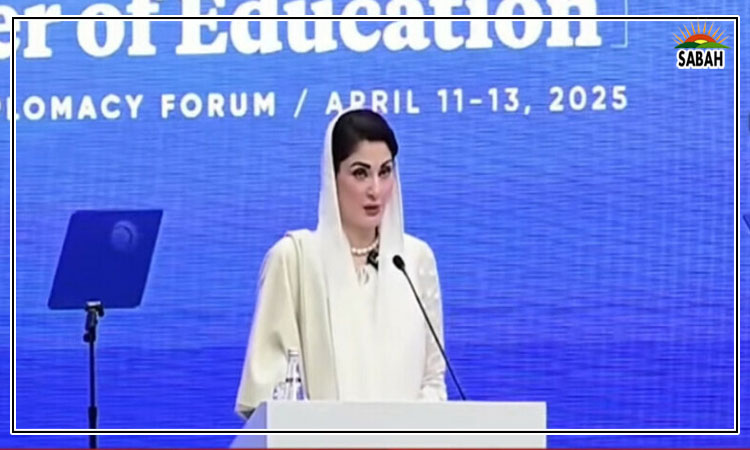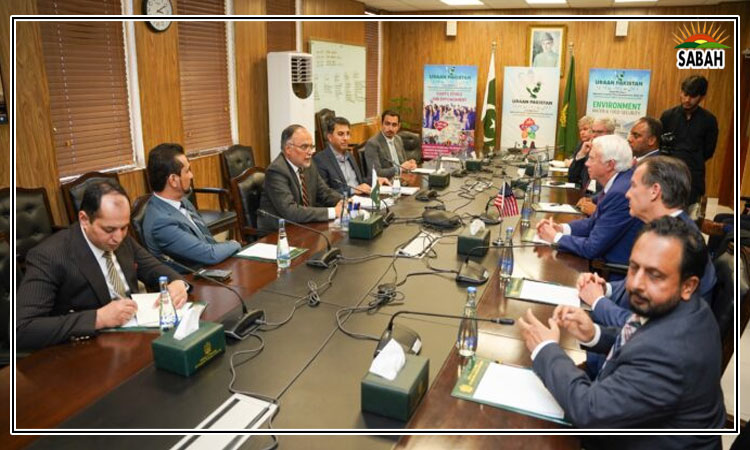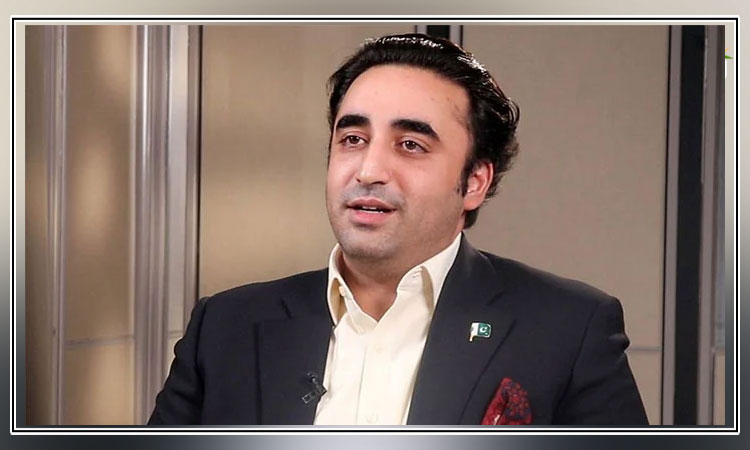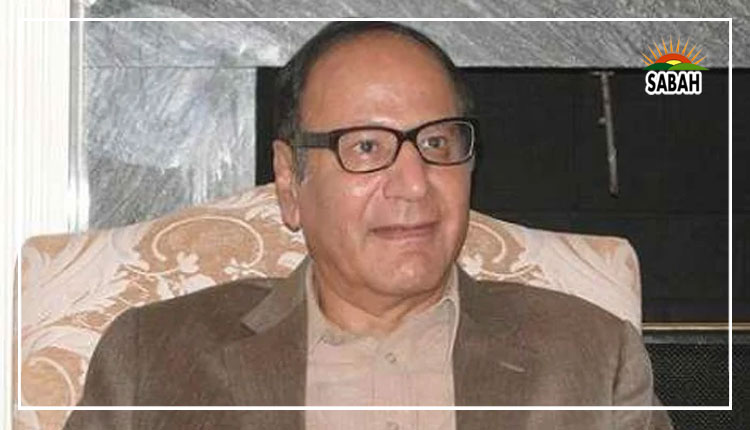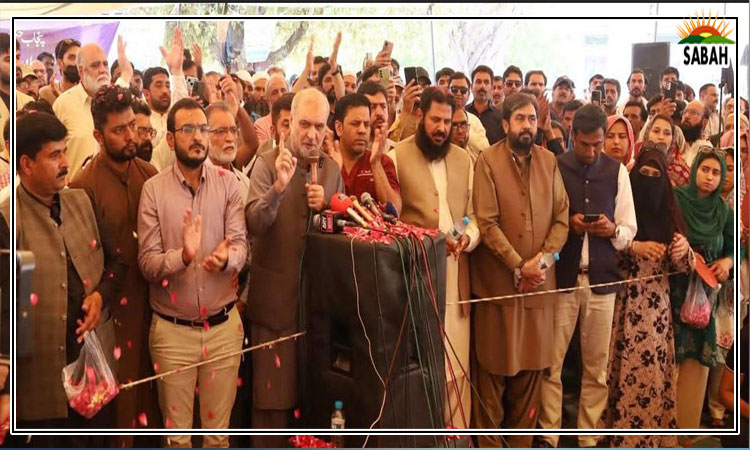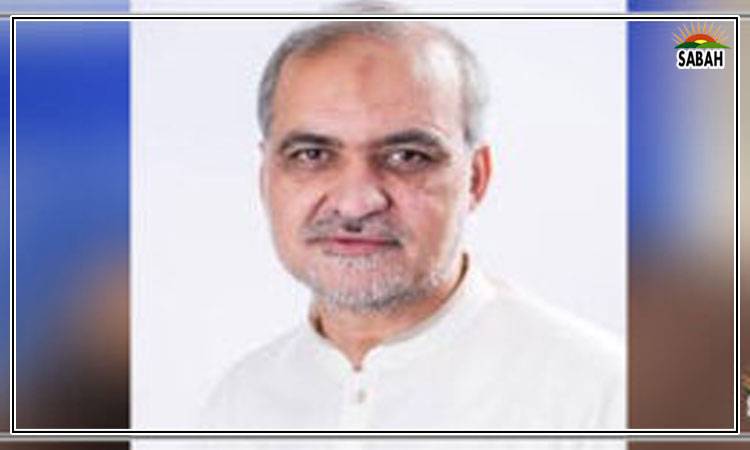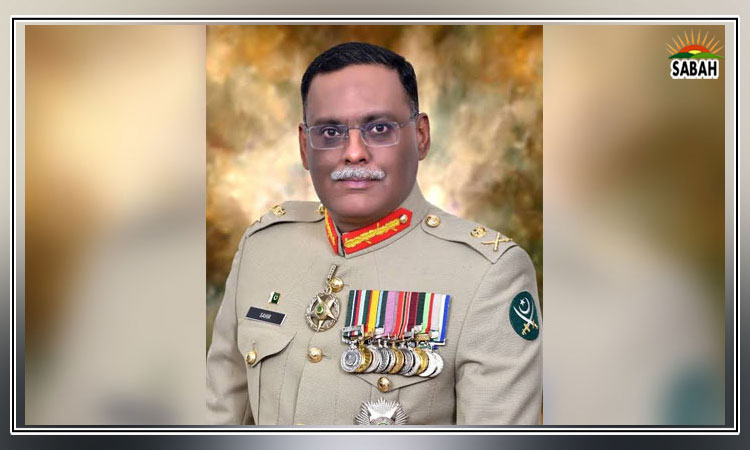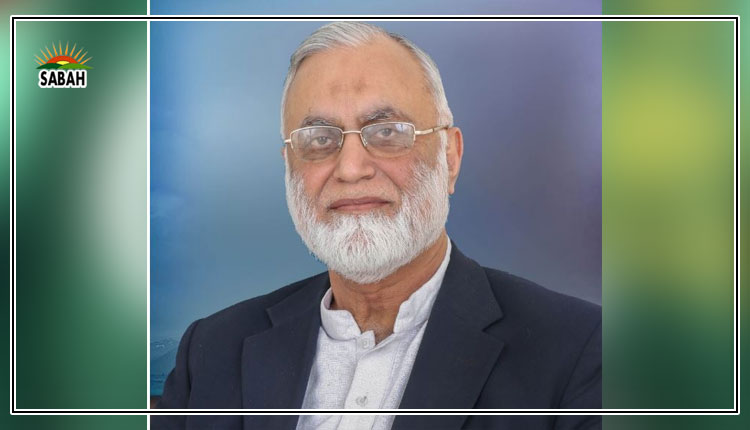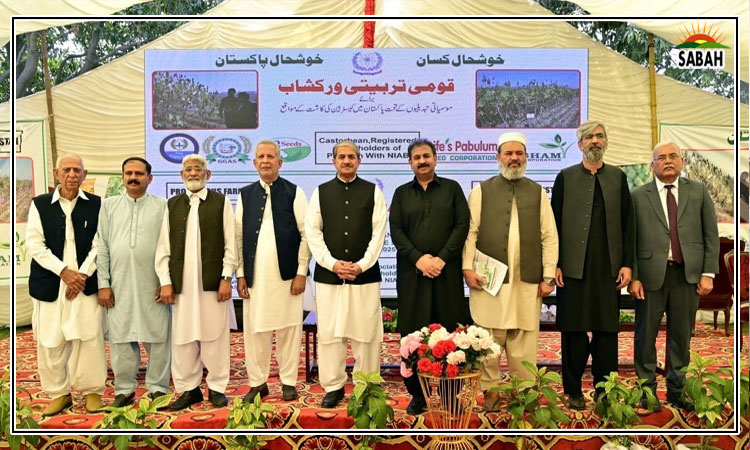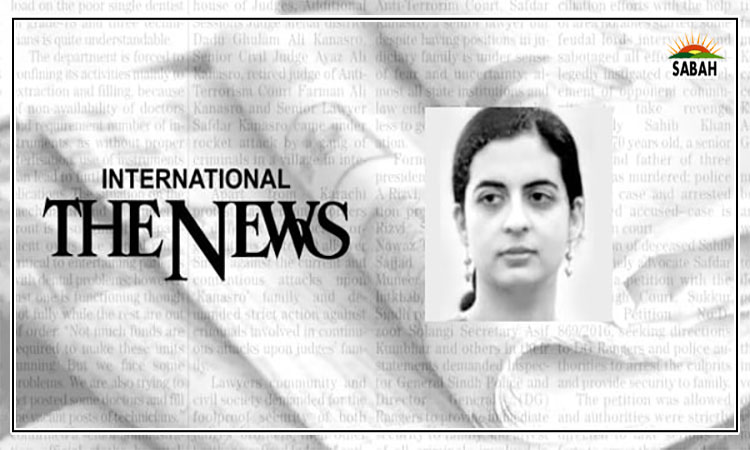Real news, real people ….. Kamila Hyat
News coverage continues in Pakistan round the clock on multiple news channels that have been in place over the last several years.
There is daily coverage in print media and less reliable coverage on social media, where it gets difficult to ascertain, in many cases, whether videos or news reports that have gone viral on this digital medium are factually correct.
The question we ask however is whether the lives of real people – the ordinary people who walk our streets and live in homes across the country – are in any way being covered. The fact is that they are not. Newspapers barely mention these people or report on what kind of lives they are living.
Problems faced by a majority of Pakistanis are countless and lead to more severe consequences for most people than the actions of some politicians and statements by leaders who dominate much of the news.
The news industry has many shortcomings. First, there are no follow-up reports. For instance, the 2022 floods which devastated much of Pakistan, notably the provinces of Sindh and Balochistan, left behind many challenges. But there is little effort to tell us how the survivors are coping now, dealing with the aftermath of the massive disaster which killed over 1,700 people and displaced thousands.
In Sindh, where almost all districts suffered to some degree, a housing scheme set up by the provincial government to re-house those who have lost their homes is still in its early phases. People continue to live without shelter and cover. We do not know if the failure to provide them with the homes promised to them as compensation is due to incompetence, corruption or other factors.
The same is true of so many other events that it is hard to keep count. In August 2023, a train derailment near Nawabshah in Sindh killed at least 30 people and injured over. Yet till today, the promised monetary compensation has not been given to survivors. There are multiple other stories of a similar nature, zigzagging across the country and affecting every province and many districts where people try to survive after life-altering catastrophes.
Recently, multiple new problems have cropped up as a result of the wave of inflation. The significant rise in the prices of utilities, food and other items has forced some parents to pull their children out of school. Inevitably girls suffer most when choices are made as to whom to remove from the education system.
Also as bills rise and people are unable to meet the cost of living, extended families move into single-family houses, leading to cramped conditions, a reduction in the quality of life, and the multiplied danger of domestic violence of one kind or another, notably against children and other vulnerable persons such as women and the elderly.
The tragedies that people live with continue year after year, month after month and week after week. We all heard about the collapse of a bridge built across a river in the northern areas as children tried to make their way to school. Such events continue to happen frequently; they are often never reported. And almost never are arrangements put in place to prevent similar accidents in the future. People then live hazardous lives, no matter how hard they work or how much they toil to earn what little they can bring into their homes.
It is also a fact that there are flaws in the constitution which leave people even more at risk. While the constitution of Pakistan – put in place in the early 1970s – is fairly comprehensive in terms of the rights it grants people, there are some shortcomings. For example, the constitution does not mention the right to healthcare. Since healthcare is not a basic right guaranteed by the constitution, people suffer more and conditions in public sector hospitals remain particularly grim.
The reality is that death or serious illness of an earning family member in any family can essentially ruin it and create enormous hardship for those who survive or who carry the burden of sickness. This gap needs to be filled and some way must be found to put the right to healthcare in the constitution.
There are many stories which should be reported but are not. The news agenda is determined by factors such as political clout and the interests of those who own and run the media. The disappearance of editors has contributed to this with persons owning large amounts of wealth often approached directly to make decisions regarding the news that is covered.
We then have endless hours devoted to footage regarding the entourage of politicians and their actions throughout a day, even if these are of almost no consequence in terms of the broader picture in the country. There are statements and speeches and ceremonies which fill the news and cannot be done away with.
The problem is a real one and the news media industry needs to play its part in changing this reality. Social media has in some places come up with solutions and offers a broader outlook on issues. But it is also true that news on social media cannot be trusted.
Mainstream channels still have filters and checks in place to ensure that the news is factually incorrect. Media houses that put out such news bear the risk of action against them coming from various quarters. This does not happen on social media. Fake news has become the norm on YouTube channels and channels on other forums run by persons who have turned themselves into small-time anchors.
How to change this is a difficult question. At the present moment, it does not look likely that this will happen in the near future. But we need to find some way to map the lives of people and put forward the facts that really matter to these people. Most people know what the reality is. Many who live privileged lives simply do not care. But the media can play a part in making them care by bringing forward more stories and adding a human angle to them.
In our country cases like the killings of Noor Mukadam and Sarah Inam have not been followed up. In many places, these young women have been vilified and turned into persons who did not act wisely, rather than making it obvious that it is their killers who deserve to be punished and penalized for what they have done to their victims. Issues of morality and perceived morality come into the picture.
We need to see channels and newspapers which can change this. In the age of digital media, this can happen in one form or the other with AI and other tools used to check truth and separate it from fiction.
But it will take time to establish these mechanisms and put out a picture of life as it is truly lived by people to broader audiences everywhere in the country and across the world. The stories of these people need to be heard and they need to be heard on an urgent basis so help can be offered and changes made.
The writer is a freelance columnist and former newspaper editor. She can be reached at: kamilahyat@hotmail.com
Courtesy The News



